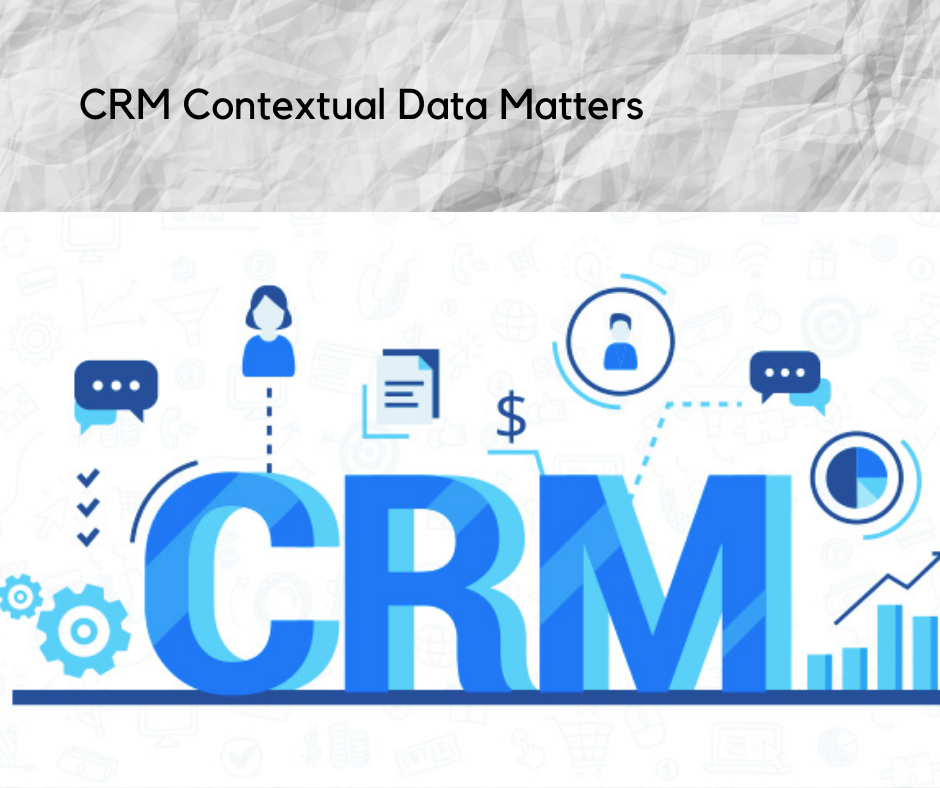The promise of a complete customer view of a customer will help you deliver better customer experiences (i.e. 360-degree view) sounds attractive with improved understanding, higher quality engagement, and increased sales. But is the reality liv威而鋼
ing up to the promise, and is your CRM actually costing your business revenue?

We would like to show you how to get an accurate customer picture and access the data you need, at the right time, in the right context.
Make Your Case
You work in a corporate environment, where changes are usually slow to make, and your customer data is extremely siloed. According to our CRM and Sales Impact Report, customer churn is costing companies $5.5 million a year. To bring decision makers on board, you will need to back your plan with factual data, and prove how having unified customer data will be beneficial in the long run.
Plan Strategically, but Act Tactically
You use your CRM to store customer data from sales, marketing, and service teams. Should you start implementing your contextual customer view on all three fronts at once? You certainly shouldn’t—first, identify where most of your pain points lie, and where your changes would make the biggest impact for employees. Only when you’ve resolved your main concerns should you move on to other segments of your business.
Look Towards the Future
When optimizing your customer data views, you should also look at future-proofing your data by means of Artificial Intelligence (AI). A CRM with AI capabilities can help uncover insights unique to your business—even with limited or incomplete CRM data, and makes predictions that help you make better business decisions in significantly less time.
xhamster,
xvideos,
hentai,
porn,
tiktok download,
mp3 download,
MP3 download,
download tiktok,
hentai,
Nike Mens High Top,
youpor,
Watch Get Out,
xhamster,
xvideos,
hentai,
porn,
tiktok download,
mp3 download,
MP3 download,
download tiktok,
hentai,
Nike Mens High Top,
youpor,
Watch Get Out,